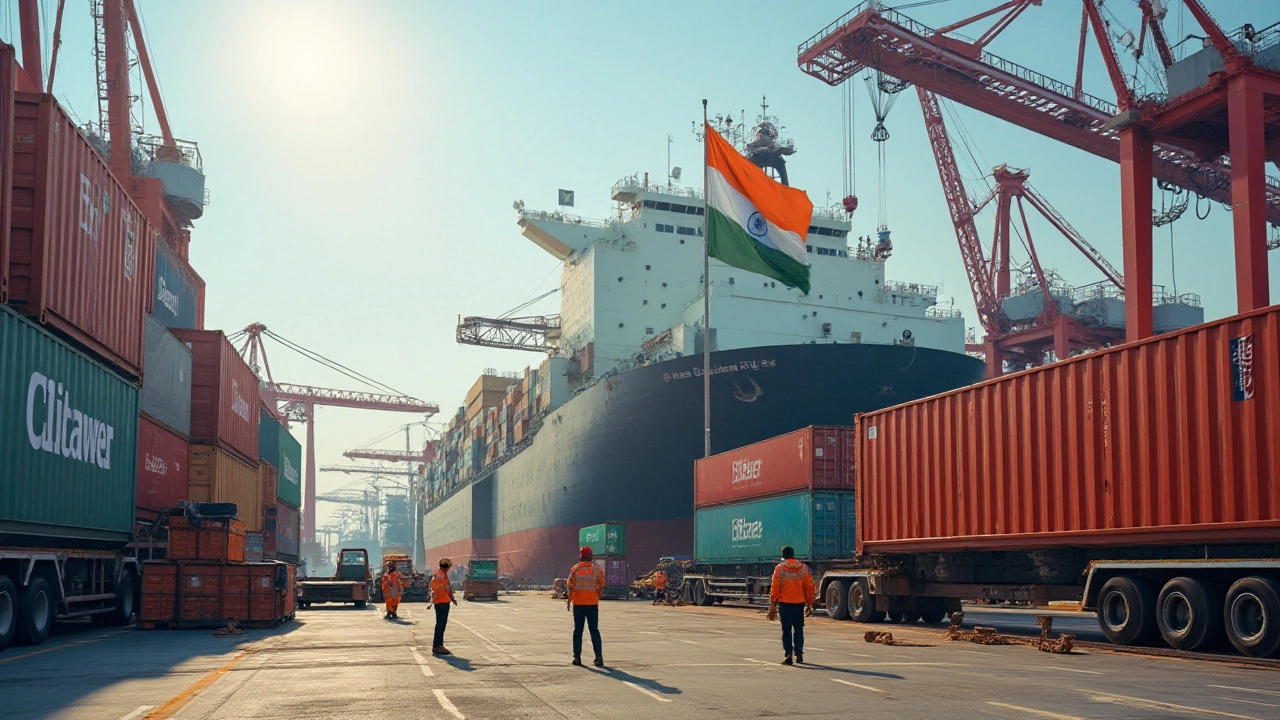Electronics Shipping: Simple Tips for Safe and Affordable Delivery
Shipping electronics can feel like a gamble. One wrong move and a fragile device ends up in a box of crumbs. The good news? You don’t need a PhD in logistics to get it right. Below are straight‑forward steps that anyone can follow to protect gadgets, cut costs, and avoid customs headaches.
Pack Like a Pro – No Fancy Gear Needed
First thing’s first: the right packaging. Use a sturdy, double‑wall corrugated box that’s slightly bigger than the item. Line the bottom with a layer of bubble wrap or foam sheets, place the device in the center, and fill all empty space with packing peanuts or crumpled paper. Avoid loose sleeves or plastic bags – they let static build up and can fry sensitive parts.
If you’re moving multiple units, wrap each one separately. A thin layer of anti‑static bag inside a bubble‑wrapped envelope does the trick. Seal the box with high‑quality packing tape and label it “Fragile – Handle with Care.” Adding a “This Side Up” sticker isn’t required but helps movers keep the orientation right.
Choose the Right Carrier and Service Level
Not all carriers treat electronics the same. Major couriers like DHL, FedEx, and UPS offer special electronics services that include extra tracking, insurance, and temperature control for battery‑powered items. Compare rates online – a 5 kg shipment from Mumbai to Berlin can vary by $30‑$70 depending on speed and insurance level.
For bulk shipments, freight forwarders often give better bulk discounts. Ask about Consolidated Air Freight if you have several pallets; it combines multiple shipments into one plane, cutting per‑unit cost dramatically.
Don’t forget to check if the carrier requires a specific battery declaration. Lithium‑ion batteries usually need a “Dangerous Goods” label and a limited quantity per package. Skipping this step can lead to delays or even confiscation at the airport.
Finally, always add insurance. Electronics are high‑value, and most carriers only cover up to $100 by default. A small extra fee for full coverage can save you a lot of stress if something goes wrong.
By following these packing tricks and picking the right service, you’ll ship gadgets confidently, whether it’s a single smartphone or a pallet of LED panels. Got a specific question? Drop it in the comments, and we’ll help you sort it out.

Shipping Electronics from India to the USA: A Comprehensive Guide
Shipping electronics from India to the USA involves numerous factors that one should consider. From understanding the customs duties and regulations to ensuring proper packaging and logistics, it is essential to know the intricacies involved. This guide provides insights on navigating through the process smoothly, including tips on partnering with reliable shipping companies and understanding the legal requirements. Knowing these key elements can help facilitate a successful export experience.
